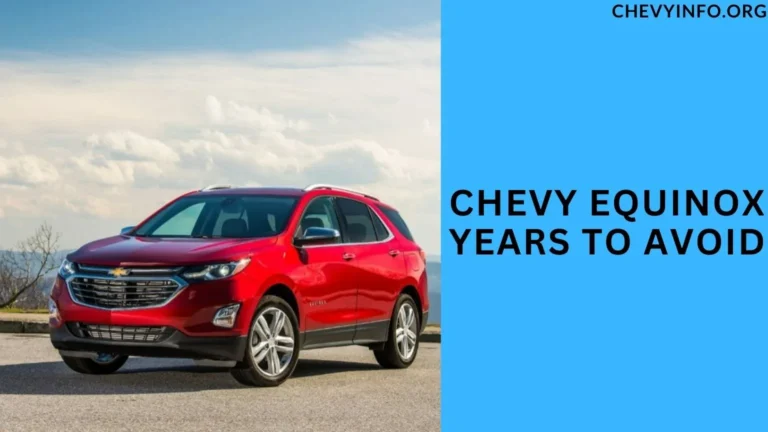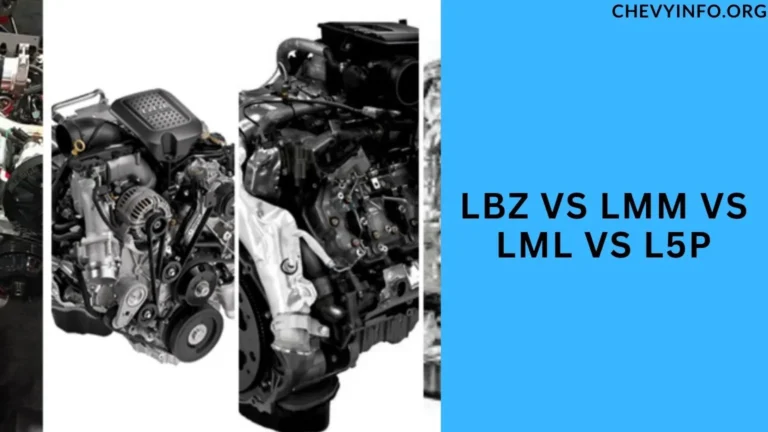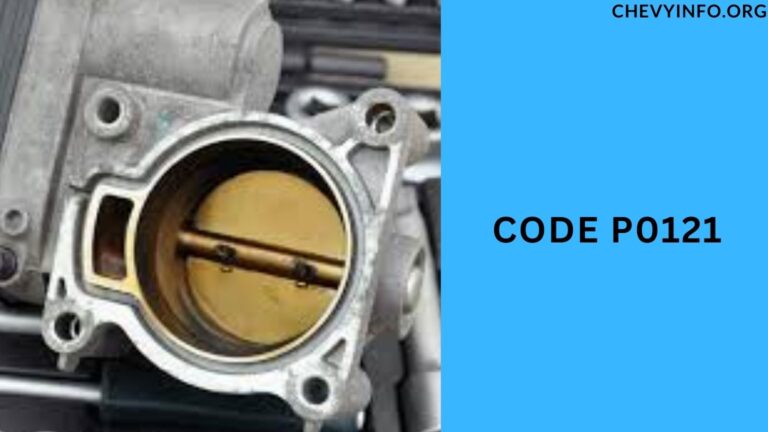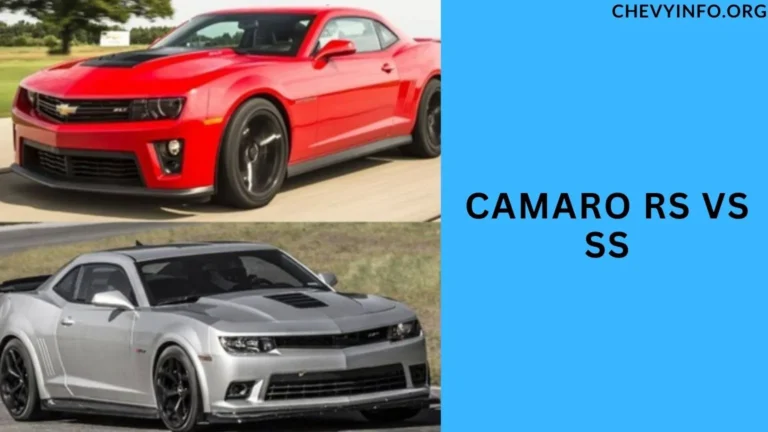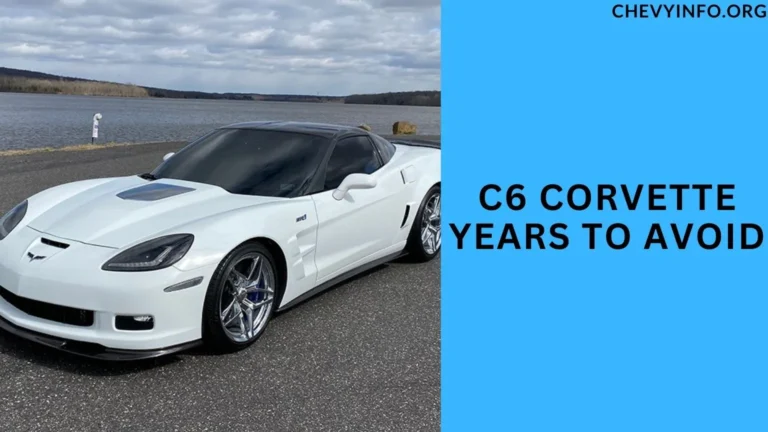4l60E VS 4l80E (Difference Explained) of 2024
Automatic transmissions have revolutionized the driving experience, offering seamless gear changes and improved efficiency.
Among the myriad of automatic transmissions available, the 4l60E vs 4l80E stands out as a popular choice for various applications.
In this article, we delve into the differences between these two transmissions, exploring their features, applications, pros, and cons to help you make an informed decision for your vehicle.

Introduction to Automatic Transmissions
Automatic transmissions have come a long way since their inception, evolving to offer smoother shifts, better fuel efficiency, and enhanced performance.
They eliminate the need for manual gear shifting, making driving more convenient, especially in heavy traffic or challenging terrains.
Understanding the 4L60E Transmission
The 4L60E is a four-speed automatic transmission commonly found in a wide range of vehicles, including trucks, SUVs, and performance cars.
It is known for its compact size, making it suitable for vehicles with limited space in the engine compartment.
With a torque capacity of up to 360 lb-ft, it can handle moderate power levels and is often used in daily driving situations.
Exploring the 4L80E Transmission
In contrast, the 4L80E is a heavier-duty transmission designed for larger vehicles and higher torque applications.
It features a larger size and a higher torque capacity, typically around 440 lb-ft to 885 lb-ft, depending on the variant.
This transmission is commonly found in heavy-duty trucks, motorhomes, and vehicles with towing requirements.
Key Differences Between 4l60E vs 4l80E
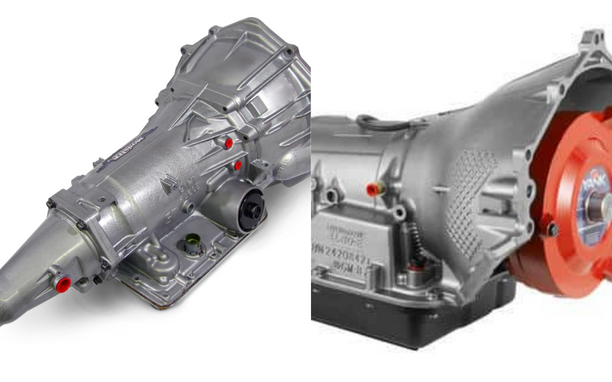
Here’s a breakdown of the main contrasts:
Size and Weight:
The 4L60E is smaller and lighter compared to the 4L80E. This makes it more suitable for vehicles with limited space in the engine compartment.
In contrast, the 4L80E is larger and heavier due to its stronger components and higher torque capacity.
Gear Ratios and Torque Capacity:
The 4L60E typically has lower gear ratios and a torque capacity ranging from around 300 lb-ft to 360 lb-ft, making it suitable for moderate power levels and daily driving.
On the other hand, the 4L80E boasts higher gear ratios and a significantly higher torque capacity, ranging from approximately 440 lb-ft to 885 lb-ft depending on the specific variant. This makes it ideal for heavy-duty applications, towing, and high-performance vehicles.
Applications:
The 4L60E is commonly found in a wide range of vehicles, including trucks, SUVs, and some performance cars. Its compact size and moderate torque capacity make it a versatile choice for various driving conditions.
In contrast, the 4L80E is often used in heavier vehicles such as trucks, motorhomes, and vehicles with towing requirements. Its robust construction and high torque handling capabilities make it well-suited for demanding applications.
Performance and Durability:
While both transmissions offer reliable performance, the 4L80E is generally regarded as more durable and capable of handling harsher conditions. Its stronger components and higher torque capacity contribute to improved longevity and reliability, especially in heavy-duty usage scenarios.
The 4L60E, while efficient and reliable for daily driving, may struggle with heavy towing or extreme power upgrades due to its lower torque capacity and smaller size.
Cost and Maintenance:
Generally, the 4L60E tends to be more affordable than the 4L80E, both in terms of initial purchase and maintenance costs.
Maintenance requirements for both transmissions include regular fluid changes, inspections, and occasional repairs, with the 4L80E potentially requiring more frequent attention due to its heavier-duty nature.
Pros and Cons of Each Transmission
Advantages of 4L60E
- Compact size, suitable for smaller vehicles
- Good fuel efficiency
- Smooth-shifting for daily driving
Advantages of 4L80E
- High torque capacity, ideal for towing and heavy loads
- Durable construction for long-term reliability
- Better suited for high-performance applications
Disadvantages of Both
- 4L60E may struggle with heavy towing or extreme power upgrades
- 4L80E can be bulky and may require modifications for certain vehicles
- Both transmissions may require maintenance and occasional repairs over time
Choosing the Right Transmission for Your Vehicle
When selecting between the 4L60E and 4L80E, consider the following factors:
- Vehicle size and weight
- Power output and torque requirements
- Intended usage (daily driving, towing, racing, etc.)
- Budget for installation and potential modifications
Based on these factors, consult with a qualified mechanic or transmission specialist to determine the best fit for your vehicle’s needs.
People also ask
Can I put a 4L80E in place of a 4L60E?
While it’s technically possible to replace a 4L60E with a 4L80E, it often requires modifications to the vehicle’s transmission mount,
wiring harness, and computer system due to differences in size, weight, and torque capacity.
Professional installation and compatibility checks are recommended for a successful swap.
How much horsepower can a 4L60E take?
A 4L60E transmission can typically handle up to around 350-400 horsepower reliably with proper maintenance and upgrades,
although pushing beyond this range may require additional modifications for optimal performance and durability.
How much HP can a 4L80E handle?
A 4L80E transmission is designed to handle higher horsepower levels compared to the 4L60E,
typically accommodating around 600-800 horsepower reliably with proper maintenance and upgrades.
Is the 4L60E a strong transmission?
The 4L60E is a decently strong transmission, suitable for moderate power levels and daily driving.
However, it may struggle with heavy towing or extreme power upgrades due to its lower torque capacity compared to heavier-duty transmissions like the 4L80E.
Conclusion
The 4L60E and 4L80E transmissions offer distinct advantages and cater to different automotive requirements.
Whether you prioritize compactness and fuel efficiency or require high torque capacity and durability, understanding these transmissions’ differences can guide you toward making an informed decision for your vehicle.

Henry Worner, a seasoned automotive expert with over 13 years of experience in car repair, maintenance, and performance enhancement, ChevyInfo.org was born out of a passion for Chevrolet vehicles. Henry’s deep-rooted love for everything Chevy has driven him to create a platform where fellow enthusiasts, car owners, and anyone interested in Chevy cars can find valuable insights, tips, and guidance.

